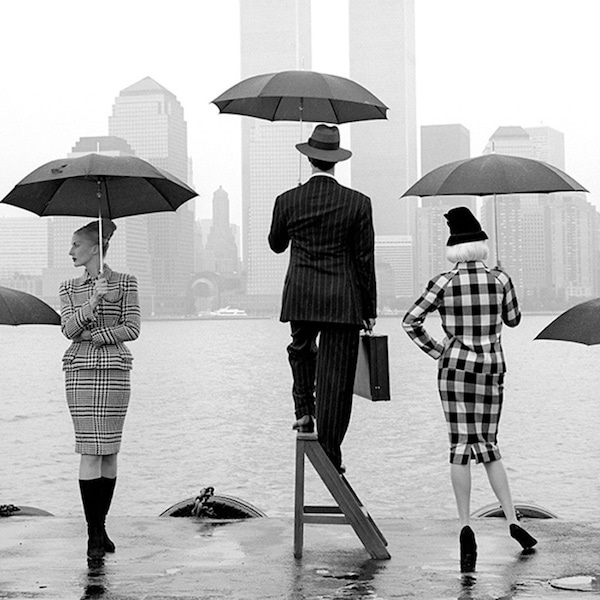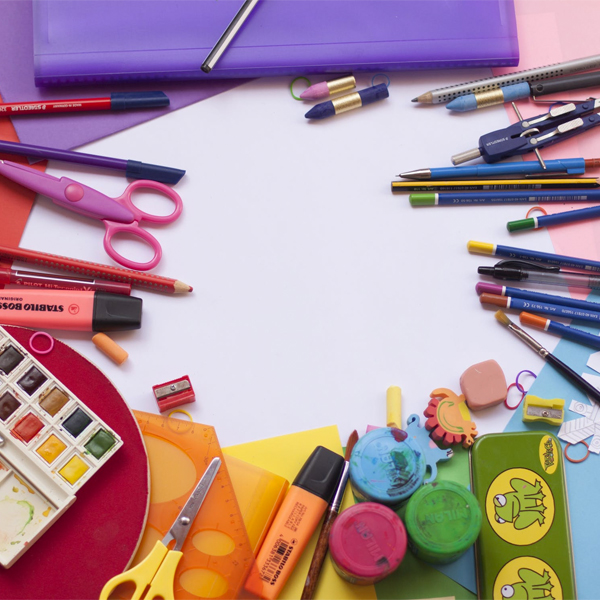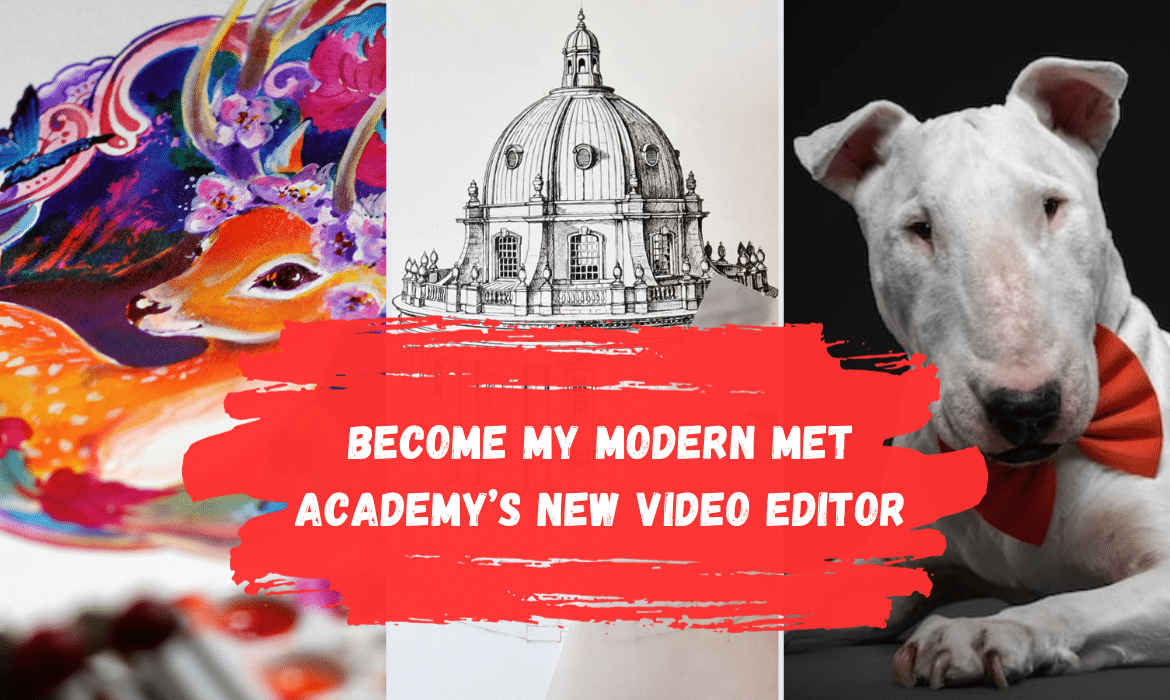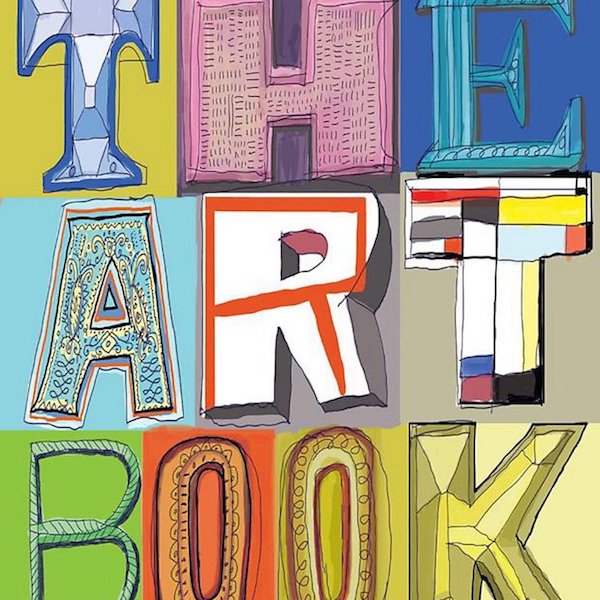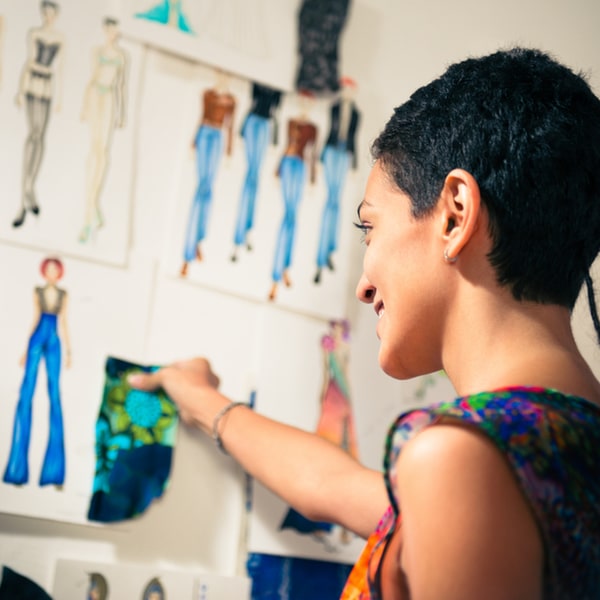
Photo: Tim Mossholder
When transitioning into a creative career, it's not enough to simply think “I want to be an artist” or “I want to be a designer.” Visual arts, photography, and design are such big categories that you'll want to figure out where your niche is and how you define yourself as an artist.
For some, this may be straightforward but for many creatives, finding out who you are—and who your audience is—can seem like a daunting task. And to begin with, why do you want to understand your creative niche? Though you may not realize it, going through the process to realize what specific type of creator you are is the first step in clarifying the rest of your business.
Once you've defined your niche, it becomes that much easier to focus your marketing or decide the best arena for selling your art. You'll also have a better understanding of who your target client is when taking on commissions or what sort of publications may be interested in publishing your artwork. And taking a step back even further, defining your specialty can help you decide whether your passion has enough potential to make the leap to full-time creative or is better left as a side hustle.
Now that we know why defining your niche is important, let's look at a few aspects of your creativity you'll want to reflect on as you search for your corner of the creative market. And remember, knowing your niche doesn't limit your business, but instead gives you a focused approach to go after the clients who will truly appreciate your talents. Think about it, there are millions of artists, designers, and photographers in business today. It's much easier to find the right clients, if you advertise what you do clearly.
So, instead of “I create paintings,” what about “I create watercolor landscape paintings” or, even better, “I create large-scale watercolor landscape paintings that speak about environmental issues.” As you can see, that last statement makes it much easier for an art collector to understand if they may be interested in your work.
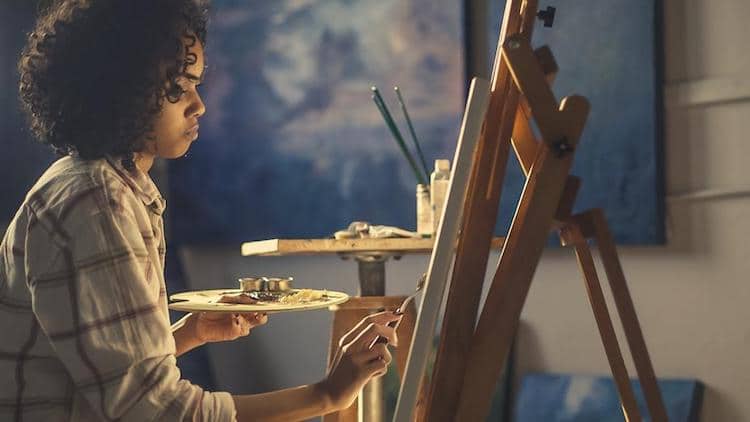
Photo: Matthew Henry
Think About Your Skills and Talents
A good starting point is to think about the type of work you create. It doesn't matter what creative field you are working in, there are always certain skills and talents that make your work stand apart from others. Perhaps you are especially adept at drawing portraits or designing logos, these are more specialized, specific skills within art and design that can help bring you closer to defining your niche.
What's distinctive about your style?
Understanding what makes your style uniquely yours is the first step in defining the audience for your art. For instance, perhaps you work in ceramics and use interesting geometric patterns on your products, this could be what makes your work uniquely yours. Photographers and artists may have certain lighting schemes or color palettes that make their work distinctive. Delve into what makes your creative craft uniquely yours.
Creative example: Ceramacist Brian Giniewski is known for his signature thick dripping glaze, that makes each finished piece distinctively his.
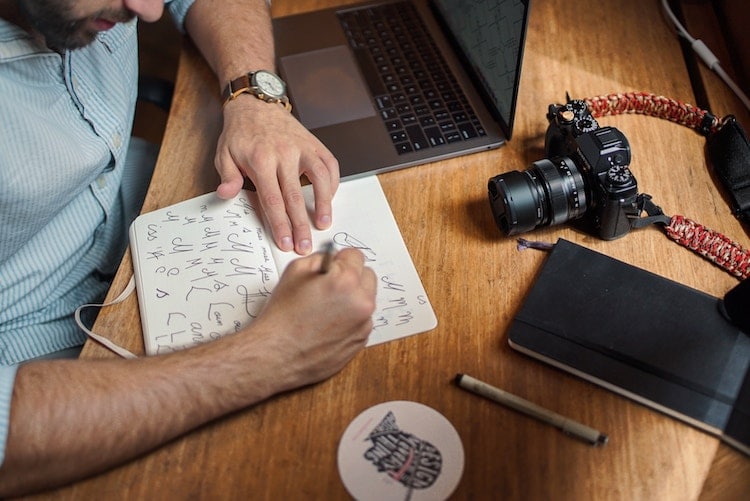
Photo: Brad Neathery
Do you find yourself drawn to a specific subject matter?
Figurative or abstract? Graphic or architectural? Think a bit about your work and whether or not there are recurring themes in your subject matter. Perhaps you love photographing pets or creating jewelry based on city maps, whatever the case, if your artistic sensibilities are pulling you in a specific direction, don't try to fight it.
Creative example: Omar Z. Robles has carved out a creative niche in photography by merging dance and travel photography together; now his images of ballet dancers performing in city streets bring him around the world.
What medium do you use?
Are you a master of manipulating photos with digital software? Or are you adept at wielding spray paint to execute your artwork? Often, in-depth thoughts about the medium you most often gravitate toward will help push you closer to defining your ideal market. And your medium may or not be traditional; many creatives make a name for themselves by marketing the unusual tools or materials they use to create artwork.
Creative example: Visual artist Red Hong Yi is known for her use of unconventional materials in her artwork, including the use of 20,000 sunflower seeds to create a portrait of Ai Weiwei.











































































